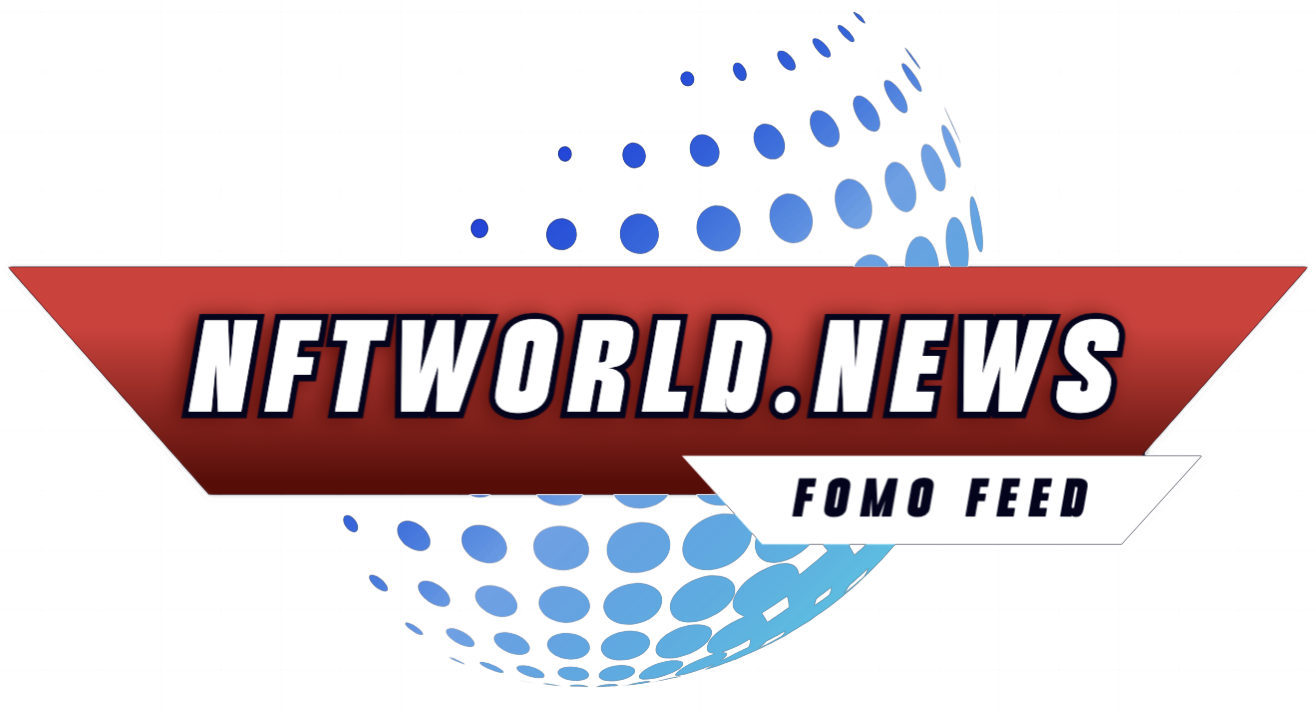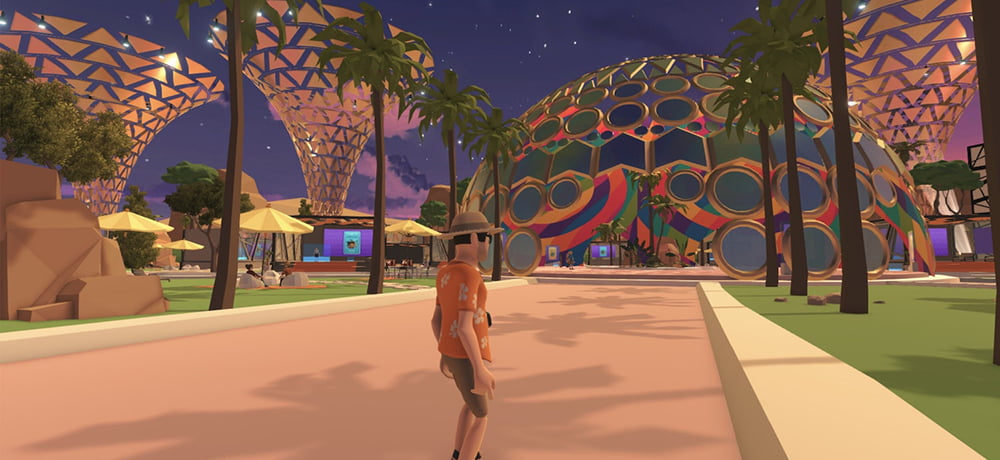By Alessandro De Grandi
November 2024 will be remembered as a landmark in the world of non-fungible tokens (NFTs). The tech industry witnessed a dramatic shift in the way digital assets are perceived, bought, and sold. The NFT market exploded with record-breaking sales and novel use-cases that went far beyond the realms of digital art and collectibles.
One of the most significant events was The Digital Renaissance auction. The world’s first entirely AI-generated artwork, ‘The Algorithmic Mona Lisa’, was auctioned as an NFT for an astonishing 8000 ETH. This event underscored the growing acceptance of AI in art and raised pertinent questions about authorship in the digital era.
In gaming, NFTs took a central role as well. Epic Games introduced ‘EpicNFTs’, exclusive in-game items for Fortnite. Players now own their game assets, fostering a player-driven economy and blurring the lines between digital and real-world ownership.
Moreover, a significant development was the advent of ‘NFT Real Estate’. Decentraland, a virtual reality platform built on the Ethereum blockchain, sold virtual land parcels as NFTs. This concept provided a glimpse into the future of asset ownership and spatial presence in the Metaverse.
The music industry also embraced NFTs. Renowned artists like Taylor Swift and Kanye West released their albums as NFTs, giving fans unique ownership rights over their music. It marked a shift in music distribution and copyright management.
November 2024 was not just about the fusion of NFTs with various industries; it was about the paradigm shift they brought. NFTs are not just tools for digital ownership; they have become a new standard for interactivity, engagement, and innovation in the digital world. As we move forward, the NFT space is set to evolve even further, reshaping our digital experiences.




